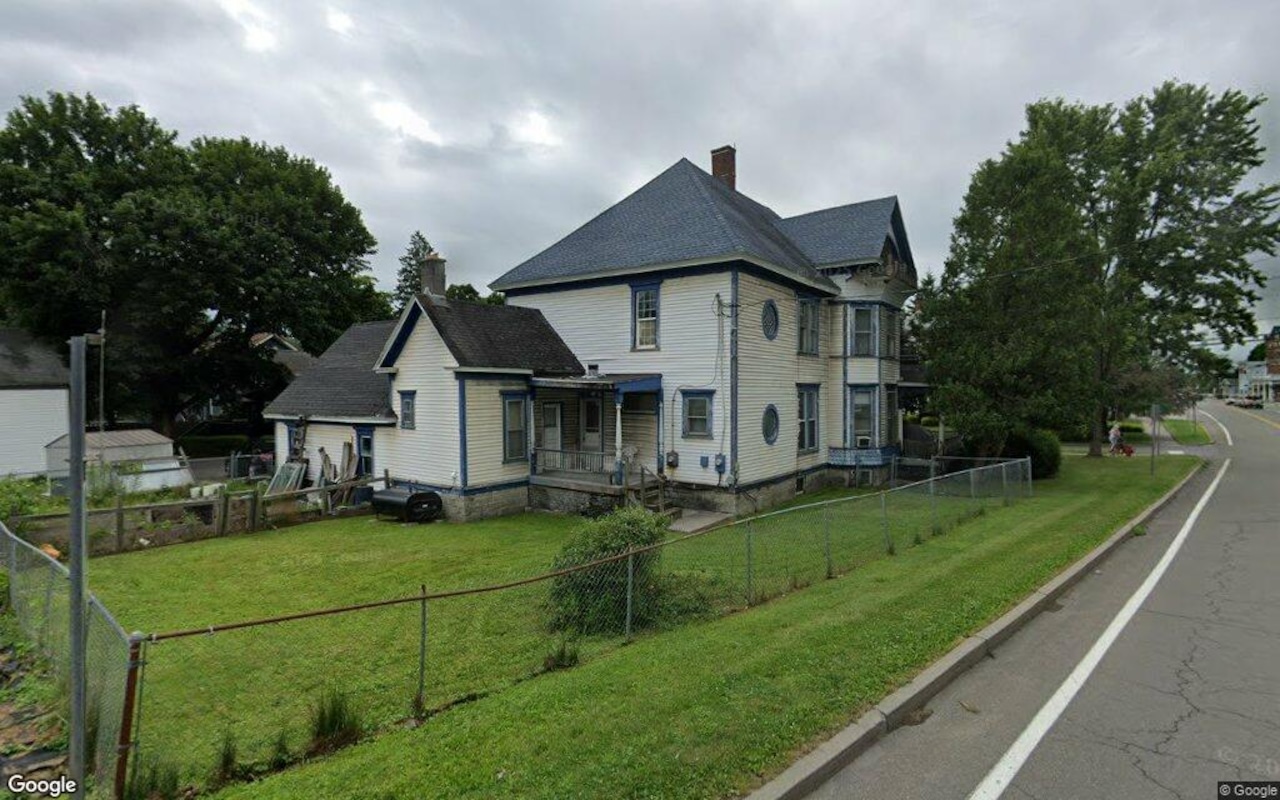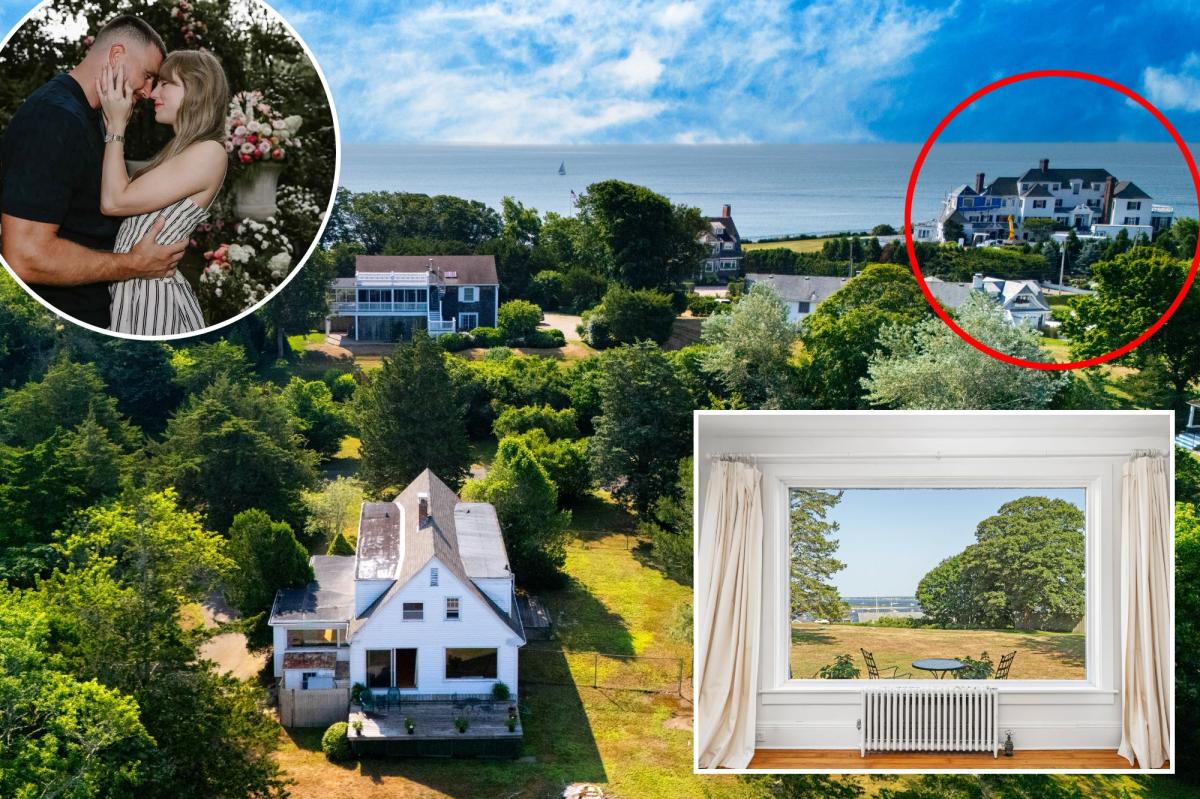T
imothy Daniska, chief lending officer at Vermont Federal Credit Union, knows the market inside out. Yet in 2021, when the pandemic‑driven boom hit Vermont, he and his wife still found buying a home exhausting. Every morning they scoured listings, made early offers, and by evening had signed contracts—an ordeal that even a real‑estate veteran found stressful. “We’re done with those days,” Daniska says with relief.
The frenzy has faded. Inventory has eased after the 2023‑24 crunch, and buyers are finally breathing easier. The era of waived inspections, online closings, secret broker‑led bidding wars, and escalation clauses is over. Sellers still hold the upper hand, but homes no longer vanish in hours. Vermont Housing Finance Agency data from June show an average of about three months on the market. Brian Boardman of the Brian Boardman Group notes that a balanced market equates to six months of supply; the current tightness gives buyers more options.
Mortgage rates have also shifted. The 30‑year fixed rose to 7.04 % this year from a historic low of 2.66 % in 2020, according to Freddie Mac. By mid‑September rates slipped to 5.41‑6.26 %, a change that could spur more sales. David Rowell, principal broker at the Peter Watson Agency, recalls a pandemic sale that fetched $200,000 over asking. Now he sees “price improvements” as homes drop $15,000‑$30,000 after months on the market. Buyers, armed with online data, can wait, compare, and negotiate—a far more fluid environment.
A recent open house in Barre illustrates the shift. No buyers turned up for a $295,000 listing on a quiet side street; the home had sold for $265,000 in 2024. Agent Michelle Hebert of KW Vermont reminds sellers that “nothing sells for more than what someone is willing to pay.” If a property isn’t attracting interest, the price must be adjusted; if it’s getting too many showings, the listing may be too low. Kathy Sweeten, CEO of the Vermont Association of Realtors, echoes that sellers need realistic expectations. Older, mid‑range homes requiring updates—new flooring, bathrooms, kitchens, HVAC, or structural repairs—are especially hard to sell. Contractor shortages and material tariffs mean quotes can be delayed until 2027, leaving buyers indecisive.
Home prices have surged. Over the past decade, sales prices have climbed 92 %. A $300,000 home in 2015 is now worth $576,000. This boom has made Vermont’s homeowners the most equity‑rich in the nation. More than 86 % of Vermonters owe less than half the value of their homes; in Chittenden County the figure tops 91 %, compared with 47 % nationally. From January to August, the median single‑family sale price statewide was $450,000, and $605,000 in Chittenden County, per the Vermont Association of Realtors. Redfin lists a median of $495,000, while state property‑tax transfer data show a median of $370,000 statewide and $500,000 in Chittenden County.
High costs affect all Vermonters, not just low‑income or disabled residents. The down‑payment assistance program at VHFA is in high demand, and more state support is needed. A VHFA housing‑needs assessment calls for 41,184 new units by 2030 to ease the crisis, but the state is currently building only 12,203. Vermont ranks fourth in the U.S. for homelessness, underscoring the urgency.
In September, Gov. Phil Scott signed an executive order to cut red tape and relax environmental rules that slow construction. Energy‑efficiency standards become voluntary, insulation requirements revert to 2020 levels, wetland protections are eased, and permits must be issued within set timelines. These changes aim to reduce uncertainty and lower costs. Yet construction remains expensive: the median cost of a new home rose from $388,000 in 2020 to $624,000 today.
Out‑of‑state buyers still wield influence. About half of Rowell’s clients come from southern states, and interest from climate refugees and progressives concerned about national politics is rising. For first‑time buyers, Daniska notes the frustration continues. He worries about employees who can’t afford homes. Sweeten advises newcomers to consider condos or townhomes instead of traditional ranches, urging adaptation to the new reality.
In short, Vermont’s real‑estate roller coaster is easing. Buyers now have more leverage, sellers must adjust expectations, and the state’s policy shifts aim to spur affordable construction. The market remains tight, but the pace is slowing, offering a glimmer of relief for those looking to step onto the property ladder.















